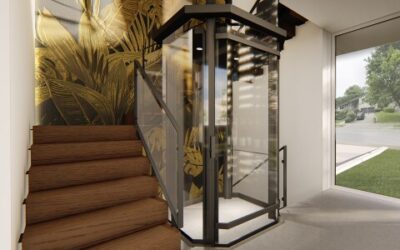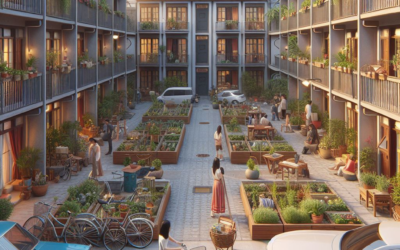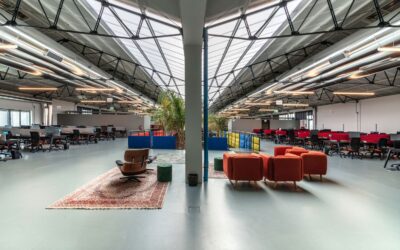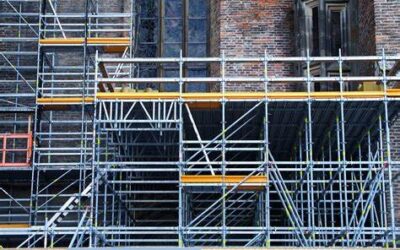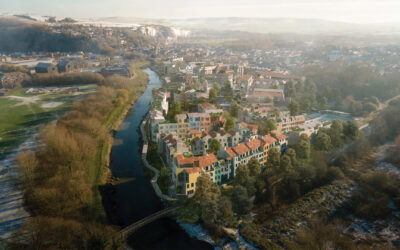The construction industry is on the cusp of a revolution with the rise of 3D-printed prefabricated homes. As highlighted in a recent article on ArchDaily[1], this innovative approach to building promises to address some of the most pressing challenges faced by the sector today, including material cost hikes, labor shortages, and environmental concerns.
One of the most compelling aspects of 3D-printed homes is their potential to become feasible at smaller scales and in more difficult building environments. This technology is not just about creating grand structures; it’s about adaptability and precision. The ability to print components off-site and assemble them in situ means that construction can occur in areas with limited access, challenging terrain, or even in post-disaster scenarios where traditional building methods would be slow or impossible.
The modular nature of these homes also allows for customization and scalability. Components can be designed to fit specific site conditions and then manufactured in a controlled environment. This process reduces waste and ensures quality, while also allowing for the creation of designs that would be difficult or costly to achieve with traditional construction methods.
Moreover, the use of local and recycled materials in the printing process can significantly reduce the carbon footprint of new construction, making it a more sustainable option. Companies like ICON are leading the way in this field, exploring the use of low-carbon concrete and pushing the boundaries of aesthetic and functional design[2].
The financial implications are equally promising. A study cited by ArchDaily suggests that 3D printing in construction could cut costs by at least 35%[1]. This cost-efficiency is particularly relevant for smaller-scale projects or those in remote locations where the transportation of materials and machinery imposes significant costs.
In crowded urban environments or areas with complex site constraints, the advantages of prefabricated 3D-printed homes are even more pronounced. The ability to produce high-quality elements off-site and assemble them quickly on location can help alleviate housing shortages in cities where space is at a premium.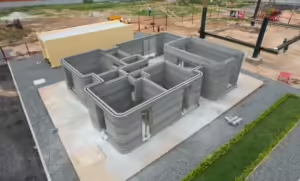
The journey towards widespread adoption of 3D-printed homes is not without its challenges. Questions remain about the quality of materials, the scale of machinery needed, and the expertise required for operation. However, as the technology matures and the industry adapts, we can expect to see more of these innovative homes cropping up in the most unexpected places, transforming the landscape of construction and housing.
As we look to the future, it’s clear that 3D-printed prefabricated homes hold the key to building smarter, faster, and more sustainably. Whether it’s a small home nestled in a remote mountain village or a resilient structure in a disaster-stricken area, the possibilities are as limitless as our imagination. The rise of 3D-printed homes is not just a trend; it’s a testament to human ingenuity and our relentless pursuit of better ways to shape the world around us.


